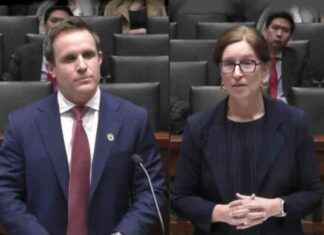The National Institutes of Health (NIH) recently introduced a new policy regarding licensing inventions made by its scientists. This policy, titled “Promoting Equity in Access Planning,” has raised concerns among stakeholders due to its timing and potential impact.
According to the guidelines, licensees may be required to submit an access plan within three months of entering Phase III clinical trials. This plan must demonstrate how resulting products will provide broad access to underserved communities, including various racial and ethnic groups, religious minorities, LGBTQ+ individuals, persons with disabilities, and those living in areas affected by poverty or inequality.
Additionally, licensees may need to consider strategies such as sublicensing intellectual property on a low or no-royalty basis in certain countries and donating or selling products at cost to the U.S. government. The guidelines also suggest keeping prices in the U.S. equivalent to those in developing countries.
However, some questions remain unanswered regarding the necessity of these plans and the potential impact on licensees. Critics argue that the guidelines may be politically motivated and fail to acknowledge the risks and investments made by companies in licensing NIH-funded inventions.
It is important to note that licensees pay for the right to use these inventions and that the majority of NIH licenses are non-exclusive and pertain to research tools rather than blockbuster products. Companies may face significant financial losses if projects fail, while NIH faces no such risks.
Moreover, there is no apparent benefit or compensation offered to licensees for complying with the new guidelines. Concerns also arise regarding the possibility of NIH rejecting access plans after substantial investments have been made, potentially leading to license termination and loss of intellectual property.
These uncertainties, coupled with the misuse of the Bayh-Dole Act to impose drug price controls, raise concerns about the future of NIH licensing and industry partnerships. The potential consequences of these actions could deter companies from pursuing licenses, ultimately impacting access to life-saving treatments and cures.
Looking back at past instances where similar pricing clauses were imposed and later rescinded, it is crucial for NIH to carefully consider the implications of additional burdens on licensees. As the stakes are high and lives are at risk, the long-term effects of these policies must be thoroughly evaluated to avoid hindering innovation and access to essential medical advancements.








